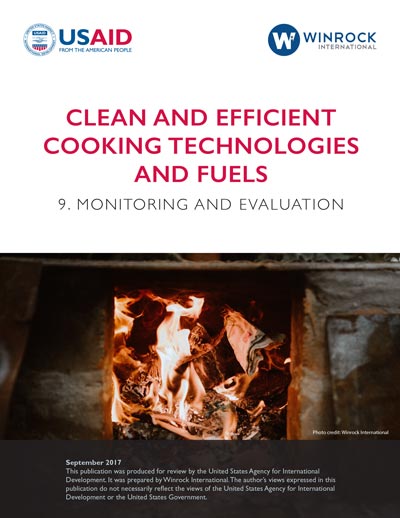Speeches Shim
Clean and Efficient Cooking Technologies and Fuels Toolkit
Clean and efficient cookstove and fuel programs can support numerous development priorities, but the effectiveness of programs must be quantified to properly inform decisions at program and policy levels.
Developing robust monitoring and evaluation systems enables you to understand the impact of your work, and make informed decisions at program and policy levels. It’s also critical for reporting aggregated results agency-wide, and reporting to Congress.
Best Practices
- First, identify the impacts you want to achieve. Monitoring and evaluating health, environment, business and social impacts all require different tools and approaches.
- Make sure the technology and fuel you choose to promote/support can deliver your desired impacts. Various protocols exist to evaluate cookstove performance with respect to fuel efficiency, emissions, safety, and durability – make sure the stove/fuel combination has been tested by a reputable testing organization/lab before dissemination at scale.
- Find out if the stove / fuel is capable of meeting consumer needs (both immediate and long term). If the consumer doesn’t use the stove, you won’t get the impacts!
- Sales are an important indicator, but for long-term impact monitoring, be sure to include sufficient resources to look at other key adoption and social impacts!
Date
Saturday, September 30, 2017 - 11:00pm


Comment
Make a general inquiry or suggest an improvement.